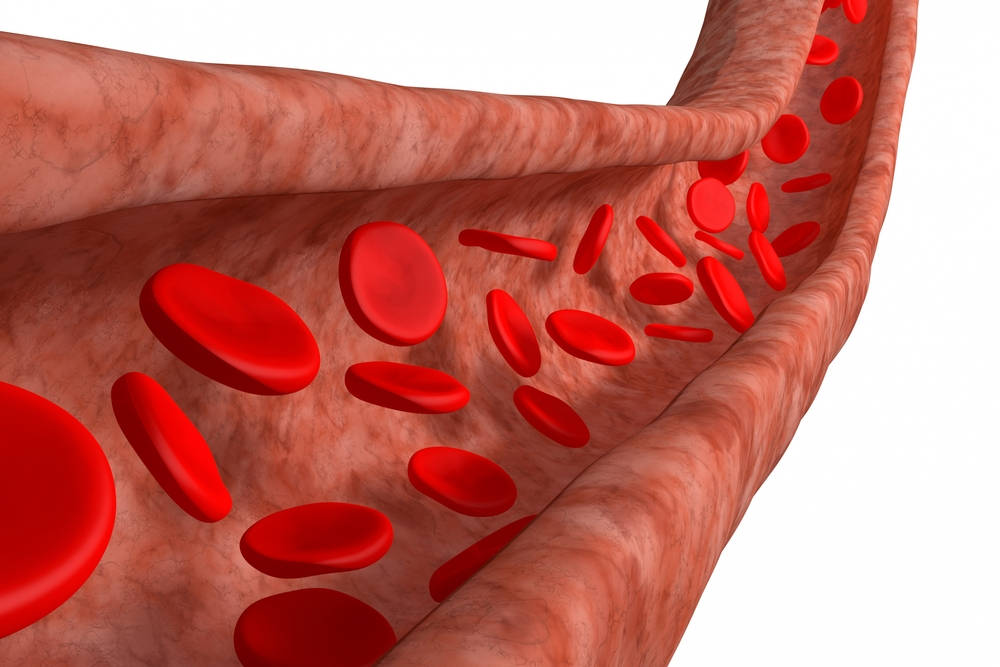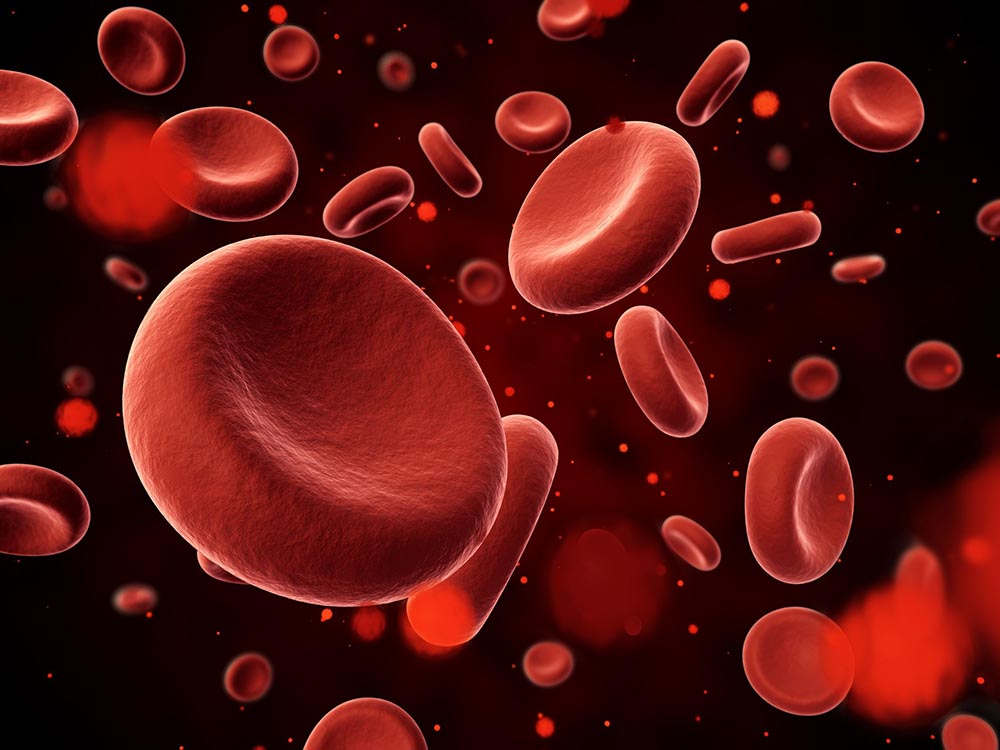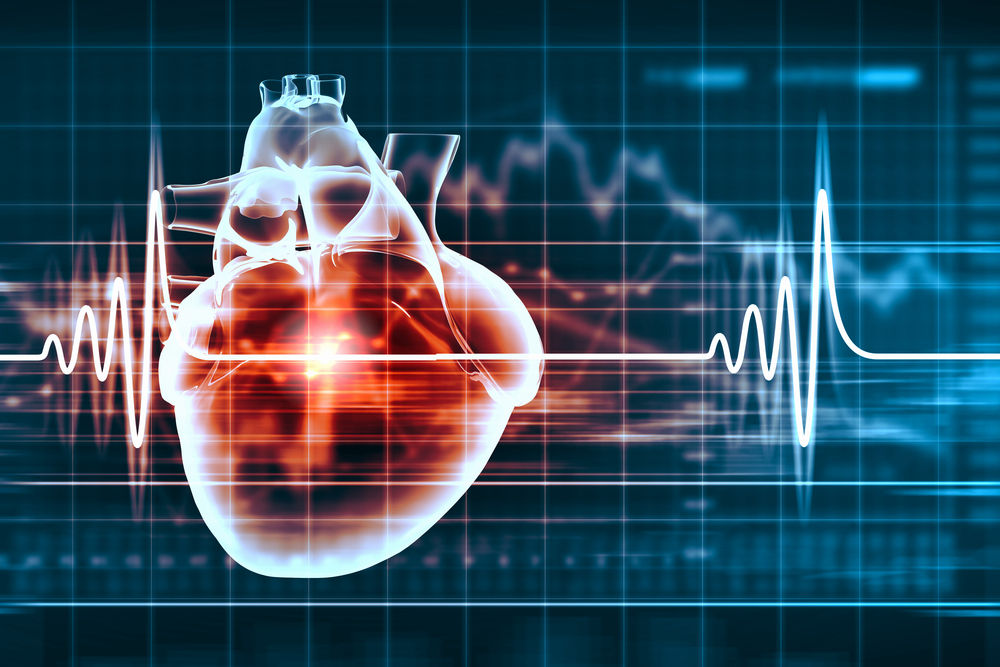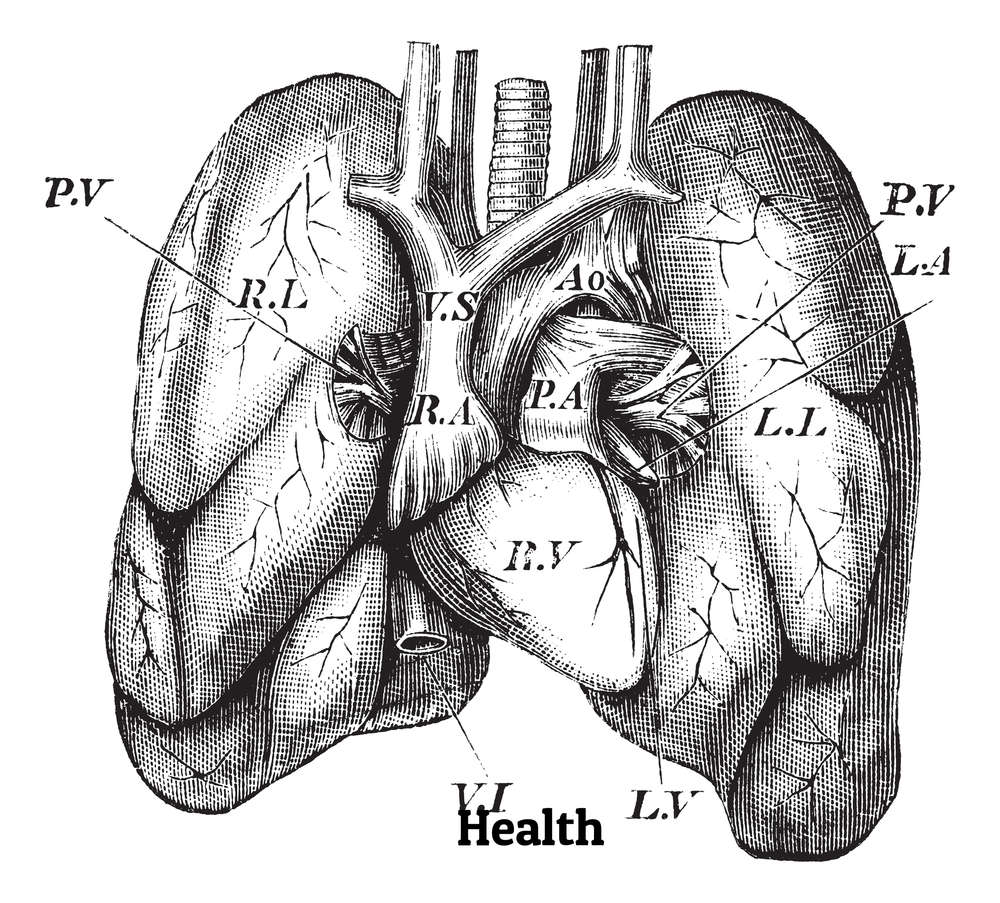Interesting discovery of human circulatory system
The arteries, capillaries and veins in a person's circulatory system can reach a length of up to 100,000 km if joined together, enough to wrap around the Earth 2.5 times.

According to Live Science, if we connect all the arteries, capillaries and veins in an adult, we will get a length of 100,000 km.Capillary size is the smallest, accounting for about 80% of the above length.The length of all blood vessels is enough to wrap around the Earth 2.5 times (Earth's circumference is about 40,000 km).(Photo: Wikipedia).

The capillaries in the human body are very small, the average diameter is only about 8 microns, equal to one tenth of the diameter of the hair.Red blood cells are about the same size as capillaries, so they have to move in rows.Some capillaries are slightly smaller in diameter than blood cells, so blood cells are forced to change shape, distorting to move through.(Photo: Wikipedia).

In the animal world, heart rate is inversely proportional to body size.The bigger the animal size, the slower the heart rate.Adults have an average heart rate of 75 beats / minute, similar to a sheep.The heart of a blue whale is as big as a small car that only beats about 5 beats per minute.In contrast, a shrew has a heart rate of about 1,000 beats per minute.(Photo: University of Oregon, M) USA.

The heart produces its own electrical impulse, creating a beat.As long as the heart receives oxygen, it will continue to beat, even when removed from the body.(Photo: Live Science).

The earliest known written material about circulatory system appears in the pamphlet Ebers Papyrus, an Egyptian medical document dating from the 16th century BC. The book describes the physiological connection between the heart and arteries. Accordingly, after humans inhale air into the lungs, air moves into the heart and switches to arteries. The book does not mention the role of red blood cells.
Ancient Egyptians believed that the heart, not the brain, was the source of emotions, intellect, memory.During the mummification, the Egyptians carefully removed their hearts and organs for preservation, but withdrew the brain through the nasal passages and discarded it.(Photo: Wikipedia).

Galen, the Greek physician and philosopher, introduced a circulatory system model in the 2nd century. He found that the circulatory system consisted of blood in veins (dark red) and blood in the arteries (red fresh), these two types of circuits have different functions. According to him, the circulatory system consists of two unidirectional systems that distribute blood and liver as blood-producing organs in veins. The heart is a blood-sucking organ, not an organ that pumps blood to the body.
The theory of Galen's circulatory system dominated the Western medical world until the 1600s, when British doctor William Henry accurately described blood circulation in the circulatory system.(Photo: Wikipedia).

Unlike other cells in the body, red blood cells are cells without a nucleus so they cannot divide or synthesize themselves into new cells.Each red blood cell consists of many oxygen-containing compartments to feed the body.After circulating in the body for 120 days, red blood cells will die from aging or be destroyed.But our bone marrow constantly produces many new red blood cells to replace those lost.(Photo: Live Science).

Emotional tremors such as losing a loved one, divorcing, or breaking up with a lover can make "broken hearts", leading to a temporary weakness of the heart muscle.This condition is also known as stress-induced cardiomyopathy, leading to symptoms similar to a heart attack such as chest pain, difficulty breathing, arm pain.(Photo: Anna Khomulo).

Cardiac catheterization is a popular medical treatment today, done by inserting a long and thin catheter into a patient's blood vessel, then passing it to the heart.Doctors use this technique to perform some heart diagnostic tests, such as measuring the amount of oxygen at different parts of the heart and checking the blood flow in the coronary arteries.(Photo: Michael Gray).

Oxygen-rich blood flows in the arteries and capillaries are always bright red.After transporting oxygen to the body's tissues, the blood turns dark red and quickly returns to the heart through the veins.The vein may look blue when viewed through the skin, but the actual blue color of the vein is due to the interaction of light with the skin, the amount of oxygen in the blood, the depth of the vein and some other factors.(Photo: Wikipedia).

On Earth, blood in the human body always rushes to the legs because of the gravity of gravity.The leg veins have valves, which help blood flow from both legs back to the heart.Everything will be different when people are in space.The blood did not rush to the legs anymore but rushed to the chest and head (fluid shift phenomenon).This phenomenon causes astronauts to have a stuffy nose, headache and edema on the face.(Photo: NASA).
- Drinking green tea is very beneficial for the circulatory system
- Table of circulatory systems
- Amazing things about the human body
- How does blood pressure work?
- The discovery caused a stir in a microbial system that lives right in the human brain
- New discovery of the solar system like the solar system
- Cooling system simulating the circulatory system can replace the air conditioner
- Interesting discoveries about people
- Going from one surprise to the other is different from the interesting things about all things
- Secret discovery of half a million years changed the history of humanity
- 2005: The year of solar system discovery
- Interesting discovery about grasshopper ears
 Green tea cleans teeth better than mouthwash?
Green tea cleans teeth better than mouthwash? Death kiss: This is why you should not let anyone kiss your baby's lips
Death kiss: This is why you should not let anyone kiss your baby's lips What is salmonellosis?
What is salmonellosis? Caution should be exercised when using aloe vera through eating and drinking
Caution should be exercised when using aloe vera through eating and drinking